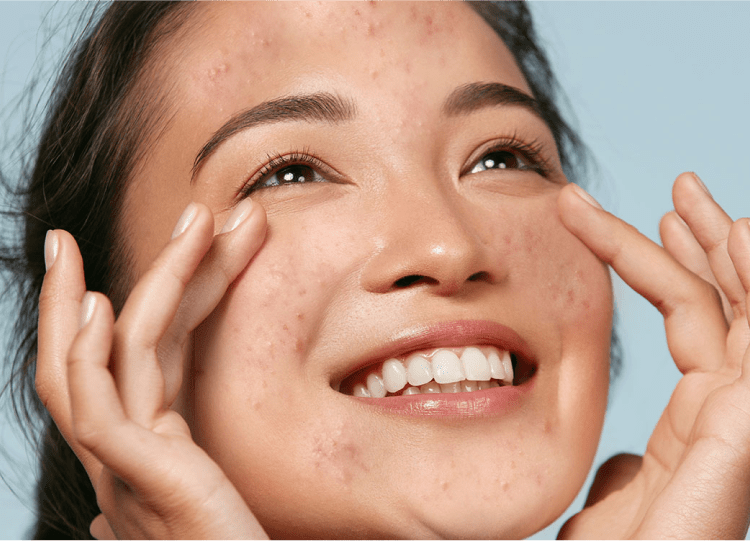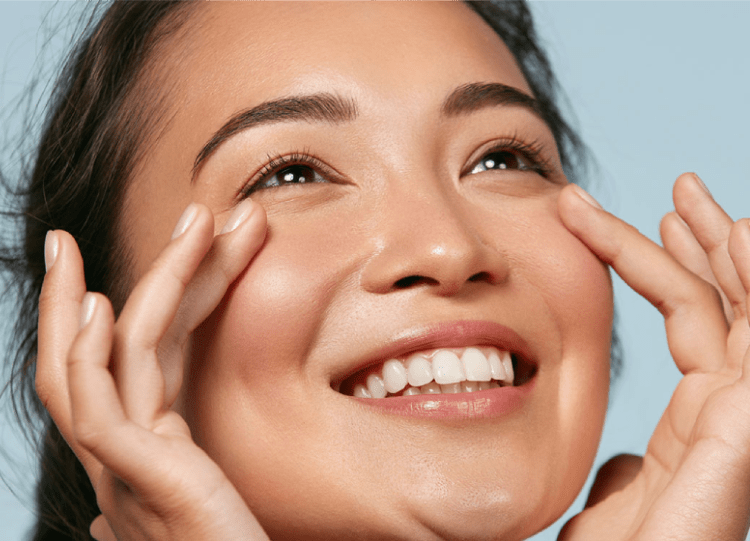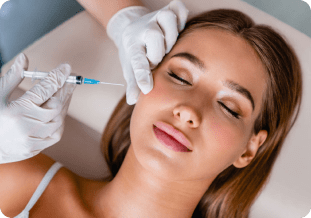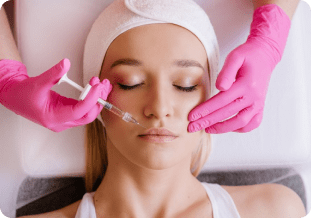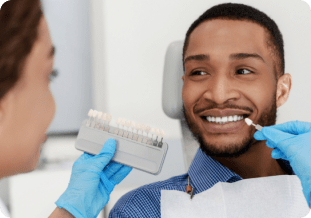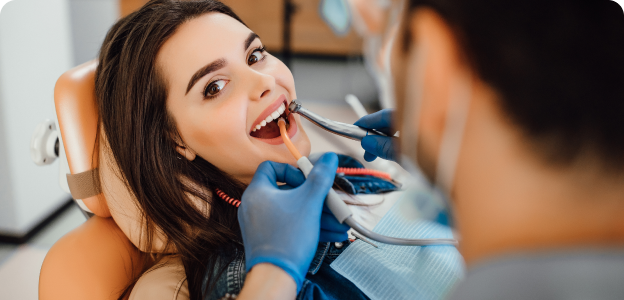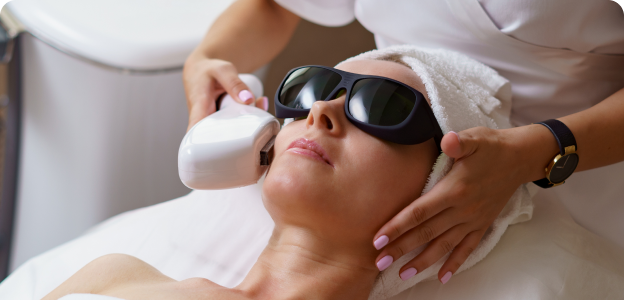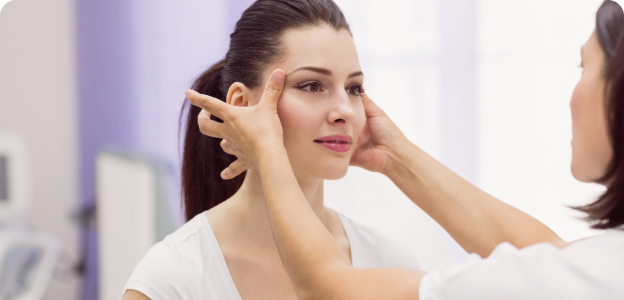Facial skin peels are powerful exfoliants that remove the build up of dead skin cells on the outer epidermal layer of the skin. The gel is able to penetrate the skin andstimulate the fibroblast cells to produce new collagen resulting in a smoother appearance.
There are several different types of facial peels available but the most commonly used is TCA, which is a pure alpha hydroxy acid. Once a course of TCA treatments has been completed the results rival the other harsher treatments without giving rise to unsightly complications.
Chemical skin peels for acne are proven methods of reducing pore size and sebum (skin oil and debris) load. The peels will leave the skin fresher and also smoother from the first application. Many clients remark on how smooth the skin becomes after the first treatment.
How do I prepare for facial chemical skin peel treatment?
Your skin will be cleaned at the time of the procedure so try not to use any products or cosmetics.
It will be recommended that you use a daily wash containing a very low concentration of salicylic acid for up to 2 weeks before treatment commences to acclimatise your skin to prevent any post-operative redness.
Patients are advised to use a high SPF (at least 30) facial cream daily throughout their treatment as removing the top layer of skin can leave you more susceptible to sun damage.
How do facial chemical skin peels work?
TCA is a pure alpha hydroxy acid derived from synthetic sources. It is a powerful exfoliant that effectively removes the build up of dead skin cells on the outer layer of the skin (epidermis) and the middle layer of the skin (dermis). Having a very small molecular structure it is able to penetrate the epidermis and stimulate fibroblast activity, thereby increasing the synthesis of new collagen cells. It allows increased permeability therefore improving penetration of clinically based skin care products.
How many facial peel treatment sessions will I need?
This is only quantifiable on an individual patient basis. Obviously someone with deep acne scarring will require more treatments than someone who just wants a boost to their skin tone.
Generally, there would be between 1 – 2 weeks between each treatment and the concentration of TCA is increased as you progress through the treatments. The average patient would have between 4 – 6 treatments and then future top-ups when they feel their skin needs a boost.
Are there side effects of facial peels?
Fortunately as this is a controlled medical grade peel and the concentration is built up gradually side effects are reduced to a minimum. When the peel is applied you may feel a mild tingling sensation and immediately after your skin may have a pinkish glow. The facial wash used before treatment will highlight any individuals for whom the treatment is not appropriate.
You will notice that you will experience flaking of the skin from day 2-3 onwards, but this is natural shedding which when completed leaves the skin extremely fresh and smoothe.
List of Terms:
TCA
Trichloracetic Acid is an alpha hydroxy acid, which is self neutralising. TCA can be used for deep peels and goes down to the mid-dermis level usually. It can be used to remove the skin layers till the deep dermis level as well with repeated treatments. Should be used by an experienced practitioner only. It is the strongest of the three acid peels that can be used.
Glycolic Acid
This is a much milder alpha hydroxy acid and is used for more superficial peels. Glycolic acid peels are good starter peels and have been shown to be of benefit for people who would otherwise suffer from hyperpigmentation or hypopigmentation (skin darkening or whitening).
Salicylic Acid
This is also within the same family of acids as the top two but is milder still. The mildest acid of the three, it is used in anti-acne creams and anti-acne preparation that can be bought over the counter (OTC). It gives a mild tingling sensation when used.
Hyperpigmentation
This is when the skin goes overly dark, for example when black skin is burnt or has had an infection within it. It occurs due to the overactivity in the melanocytes (pigment producing skin cells) which make the overlying skin appear darker than the rest.
Hypopigmentation
This is when the skin goes overly light, for example in vitiligo (Michael Jackson’s skin condition). The melanocytes shut down and can not produce any melanin (pigment) and therefore the skin appears lighter than the surrounds.
What Our Customers are saying
Treatments
Lorem ipsum dolor sit amet, consectetur adipiscing elit. Donec in efficitur urna. Sed ornare, arcu eget volutpat luctus, erat felis consectetur massa, viverra ultrices felis metus in ligula
Latest News
Lorem ipsum dolor sit amet, consectetur adipiscing elit. Donec in efficitur urna. Sed ornare, arcu eget volutpat luctus, erat felis consectetur massa, viverra ultrices felis metus in ligula
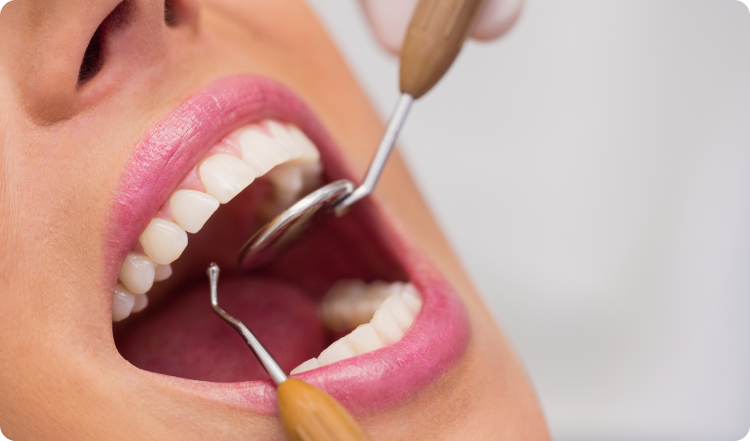
- Dentistry Services (Cardiff Bay Dental)
Luscious lips and Kylie Jenner, lets find out more about trends in Manchester
More and more women are opting for more luscious lips and ITV starting their new ITVBe channel providing insights into lives involving cosmetic treatment use, we have managed to catch up with Dr Vik at Dermaskin Manchester to ask what he thinks about the increase in use
View More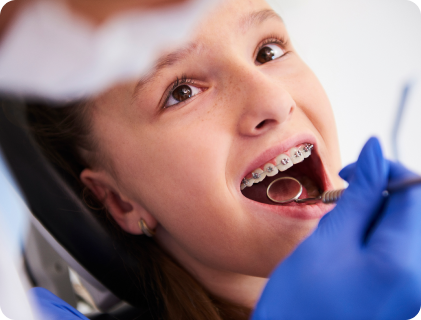
- Dentistry Services (Cardiff Bay Dental)
Perfect Smiles All Around With Powerprox Braces at Dermaskin Cardiff
Powerprox Is a clear brace that is designed to move the front 6-8 teeth to give you that beautiful smile you have been dreaming of.
View More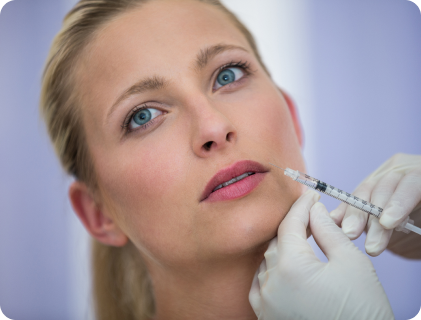
- Botox
Dermaskin Clinic Warns Against Rogue Botox Practitioners
DermaSkin Clinic’s Dr. Sid Gautam, a leading cosmetic and Botox provider warns patients to be vigilant against unauthorized traders. Cardiff, March 2009 – “We are trying to make Botox more accessible for
View More